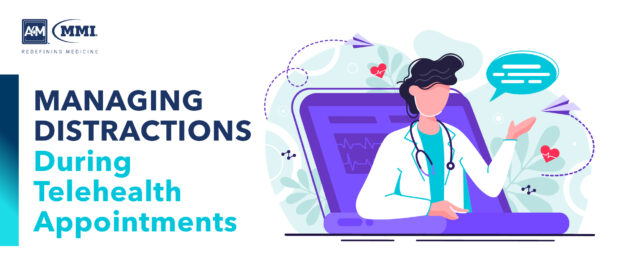Although only 8% of American patients had previously attended a telehealth visit before the pandemic, up to 83% expect to continue telehealth visits even after the pandemic subsides. In 2019, only 28% of physicians reported using telehealth technologies. Now, virtual consultations and online visits are beginning to replace the traditional model of in-office appointments.
Growing Demand, Declining Patient Satisfaction
While some healthcare professionals have expressed concern about the impact of telehealth on patient-provider relationships, arguing that digital care will be hinderance to personal connections, the past few months have revealed that virtual visits can effectively support and even deepen relations with patients. However, the effective delivery of online care requires strategic efforts that go beyond traditional patient-provider interactions.
Although patient demand and desire for digital visits continues to rise, overall patient satisfaction with such services is reportedly decreasing. “As patients become more engaged, informed, and involved with their health care decisions, and demand better access to care, virtual health solutions will play an important role in meeting expectations,” a recent report by Deloitte highlights. Virtual healthcare needs to continue efforts aimed at humanizing online care by extending the patient-centered care delivery model.
Humanizing Virtual Care
There are several ways to connect with patients virtually, all of which work to strengthen the patient-provider relationship. Some, such as automated messaging services, can even help lessen clinician workload by handling mundane administrative tasks while continuing to foster the patient-provider connection. Primarily, healthcare professionals need to prioritize using technological solutions to their advantage and as communication tools to develop a consistent relationship with patients.
Life-Centric Care:
The ubiquity of technology in our lives, ranging from smartphones to smart watches, allows for continuous tracking, monitoring, and communication. Focusing on embedding virtual healthcare into a patient’s digital life, providers can leverage the technology and tools they use on a daily basis to foster patient engagement. This can include utilizing data and content sharing applications to create personalized, high-quality interactions, sending reminders, and other communications that emphasize a life-centric care model.
Two-Way Texting:
As a decreasing proportion of the population now accepts incoming phone calls and many do not even check their voicemail, text messaging has become the preferred method of communication; up to 47% of patients express wanting to be able to text back and forth with their healthcare provider. With quick, efficient communications, two-way texting is an important step toward humanizing the virtual relationship.
Educational Communications:
Regularly sharing educational content, such as newsletters, blogs, and emails, can reinforce the feeling that providers care about their patients’ health. During the pandemic in particular, it is important to consistently communicate with patients by sending targeted educational information – to at-risk individuals especially – that provide individualized recommendations for staying healthy.
Automated Post-Visit Calls or Emails:
The majority of patients fail to remember all of the details of recommendations and treatment instructions provided during visits. Here, the use of automated messaging – including phone calls, voicemails, texts, and emails – can help remind patients of post-appointment care instructions. Such reminders will also improve treatment adherence while reinforcing the message that providers care about patients and their health.
Appointment and Billing Reminders:
Another facet of care can easily be automated using messaging systems; sending patients automated reminders of upcoming appointments and overdue bills can be used to increase touch points, triggering name recognition as well as remembrance. Patients will likely recognize and appreciate these efforts to simplify their lives, benefiting the overall relationship they have with their medical practice as convenience is increasingly valued.
The modern medical practice can leverage this ongoing shift toward digital care, taking advantage of the many virtual opportunities for connection and communication with their patients. While in-person interactions may be limited at this time, patient-provider relationships need not fall to the wayside. With a healthcare industry primed for expanding adoption of telehealth, virtual health will increasingly become a part of consumers’ daily routines. If clinicians commit to telemedicine at a personal and organizational level, they can take advantage of the growing opportunities to deliver connected, coordinated, and comprehensive care.



